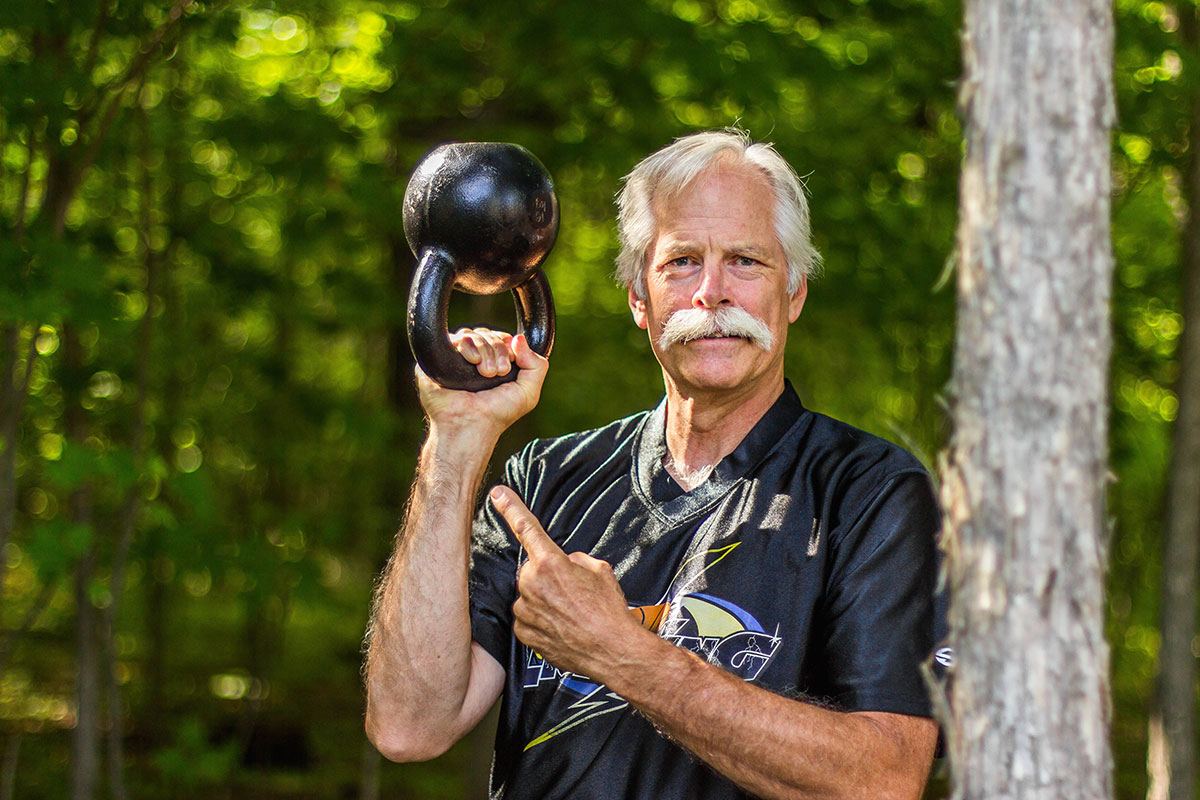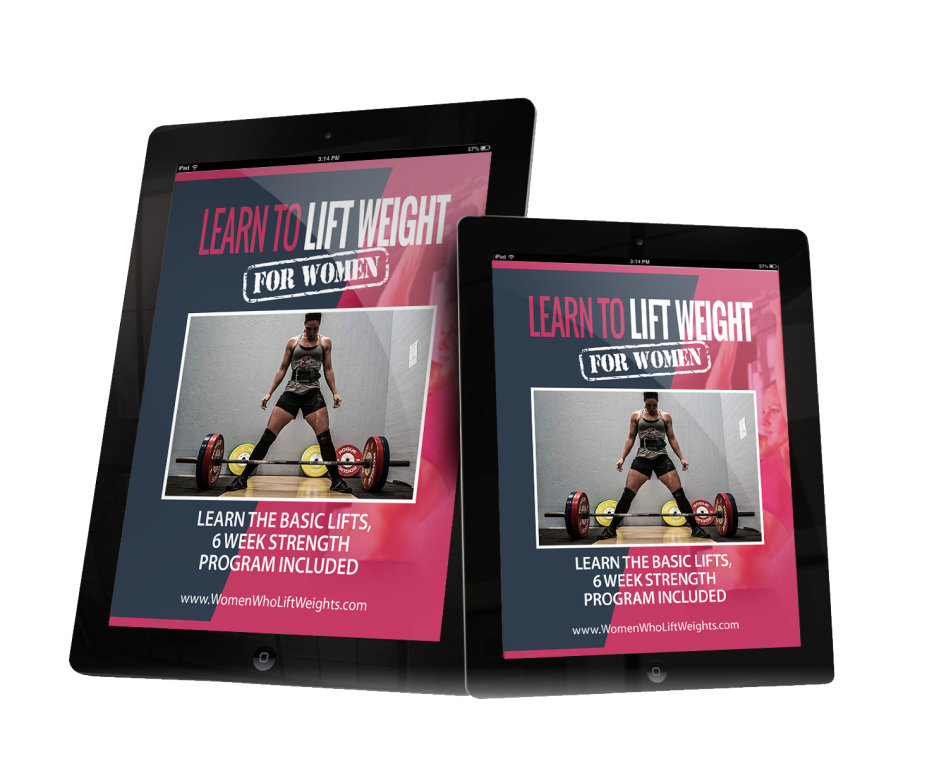The McGill Big 3 – Exercises For Core Stability & Lower Back Pain
Who is Stu McGill and what are “The Mc Gill Big 3?
First off let me tell you a story and talk about Dr. Stu McGill.
Many years ago (I think around the year 2000) I hurt my lower back very badly doing a un-belted sumo deadlift of 500 pounds. I “blew my back out” and it was really never the same again.
Pain became part of my daily life and I thought I would feel this way forever.
It got so bad I had even met with a neurosurgeon to look into lower back surgery. I had a MRI and found out I had 2 bulging discs, 3 herniated discs and arthritis. This was over 10+ years ago.
I had seen every chiropractor, every physio and every massage therapist. None really helped. I couldn’t lift heavy, I did martial arts and I was always hurt, and it seemed there would be no end of my pain in sight.
Then one day it hit me that IF I wanted to get my back better it was up to me to take action and learn from the best in the world.
I booked a two day Lower Back & Core Workshop in Arizona held by Dr. Stu and my life was changed and my back has never been better.

After being told by numerous doctors that I would never lift heavy weights again I came back stronger and better than ever.
I even went on to win a Bronze Medal in PowerLifting at the IPF World Championships in Finland, and the following year took a Bronze Medal in squats at IPF World Championships in Kileen Texas.




You can read more about my personal back pain and recovery on my blog HERE.
Who Is Stu McGill?
Dr. Stuart McGill is a spine researcher and author of several books, including “Back Mechanic“, “Low Back Disorders” and “Ultimate Back Fitness and Performance” and his new book “The Gift Of Injury“.
Stu used to work at the University of Waterloo in Canada as a professor and researcher. He’s made many contributions to our understanding of how the spine works and how to prevent spine injuries. He also works with clients, including professional athletes and has personally helped me over come my lower back injury.
When I ask my clients what is their “core” area most reply with their front stomach area. The ‘core’ is much more than just the front abdominal area. The core is comprised of a number of muscles working together to achieve and maintain a stable spine. Having a solid strong core is extremely important for people that lift weights (and do any sport really), but if we are looking to get stronger in the gym and prevent lower back injuries a strong and stable core is a must.
If you have never hurt your lower back the best way is to PREVENT IT from happening. I rarely use capital letters writing articles but trust me the best way to deal with a lower back injury is to not get one.
It doesn’t matter if you have a lower back injury, or you just want a strong and safer lower back and spine, the McGill Big 3 should be part of your training program. I recommend doing this 3-5 times a week.
The McGill Big 3
The McGill “Big 3” are broken down into 3 simple yet effective exercises.

Exercise 1: The Modified “Curl Up”
This exercise trains the abs without moving your lumbar (lower) spine or cervical (upper) spine. Because of the placement of the hands in the lower spine we keep the spine in neutral. As well there is no excessive “sitting up” which is much more back friendly
How To Do The Curl Up
Step 1 – Lie down on your back with your legs out straight. Bend your right leg and plant that foot on the floor next to your left knee.
Step 2 – Put your hands under your lower back. They will prop your lower back up, which allows you to keep a natural curve in your spine.
Step 3 – Curl your head, neck, and shoulders off of the ground. Try to keep your neck as still as possible while you lift your head up. Don’t tuck your chin or let your head fall back.
Step 4 – Try to hold yourself up at the top for 5-10 seconds.
Step 5 – Lower yourself down. Do half of the repetitions with your right leg bent and half with your left leg bent.
Note: The curlup is just a hover off the floor with the head-neck and shoulders.
The curl up primarily focuses on the anterior core muscles. The Side Plank/ Side Bridge will target more towards the sides of the body. The side plank is a unique exercise as it activates the lateral oblique and QL muscles on only one side of the body, making it an excellent choice for addressing weak links in stability while placing minimal forces on the spine. It also engages an important stabilizer of the hip/pelvis on the lateral hip (the glute medius) The glade medius is a very common weak muscle in most people that have lower back pain.
Step 1 – Lie on your side, with your elbow underneath your shoulder. Curl your feet back so that your knees are at a 90-degree angle. To make this exercise harder, straighten out your legs instead of bending them.Step 2 – Lift your hips off of the ground, putting your weight on your elbow and knees.
Step 3 – Hold that position for as long as you can. Try to maintain a straight line from your head down to your feet. Make sure that your hips are in line with the rest of your body.
Step 4 – When you can no longer hold that position, drop and switch to the other side, hold for a minimum of 10 seconds and push the heel away and make a squeezed fist for more stiffness into the core.
This exercise may look funny but don’t judge a book by it’s cover.
The Bird Dog is an excellent exercise to promote a stable core while movement occurs at surrounding joints (either the legs or arms and legs together). The combination of movement occurring at the hips and shoulders while the low back remains stable allows this exercise to have excellent carry over to movements you perform throughout your day and in the weight room.
How To Do The Bird Dog
Step 1 – Get on the floor on your hands and knees in a quadruped position. Make sure that your back is relatively flat.
Step 2 – Raise your left arm forwards and at the same time extend your right leg straight back.
Step 3 – Raise your arm and leg until they are in line with your torso. To increase activation of your back muscles even more during this exercise, you can clench the fist of the arm you’re raising, according to an article by Dr. McGill on the National Strength and Conditioning Association’s website.
Step 4 – Lower your arm and leg. Once you complete the desired amount of repetitions on that side, switch to the other side and repeat.
A few things to note:
– Try to make sure your hips are even. It’s great to have someone take a video or watch your hips to make sure they are flat and square. A great cue is to think there are two shot glasses on your hips and you don’t want to tip the over.
– Try to bring your toes back towards you. This will increase glute activation.
– Once you get more experienced with this you can add in circles and squats to make this exercise much more demanding physically and mentally.
Stu McGill changed my life and help me overcome an injury that I thought would never be fixed. In turn I have been grateful to share his knowledge with many of my students and clients at my gym and through Online Coaching. I also have a lot of great lower back information and training tips in our WWLW Strength Club.
I highly recommend you follow his information and exercises. They are life changing.
Thank you Stu for all you have done to help so many people that have suffered with back pain.
To get more info on Dr. Stu McGill and his research and products check out his Amazon page and also his website at BackFit Pro.
Take Our 30 Day “Hard Core” Challenge

Coach Rob is the creator and owner of Women Who Lift Weights and Heavy Weights Training Center.
He is a Coach, Writer and Competitive Power Lifter.






